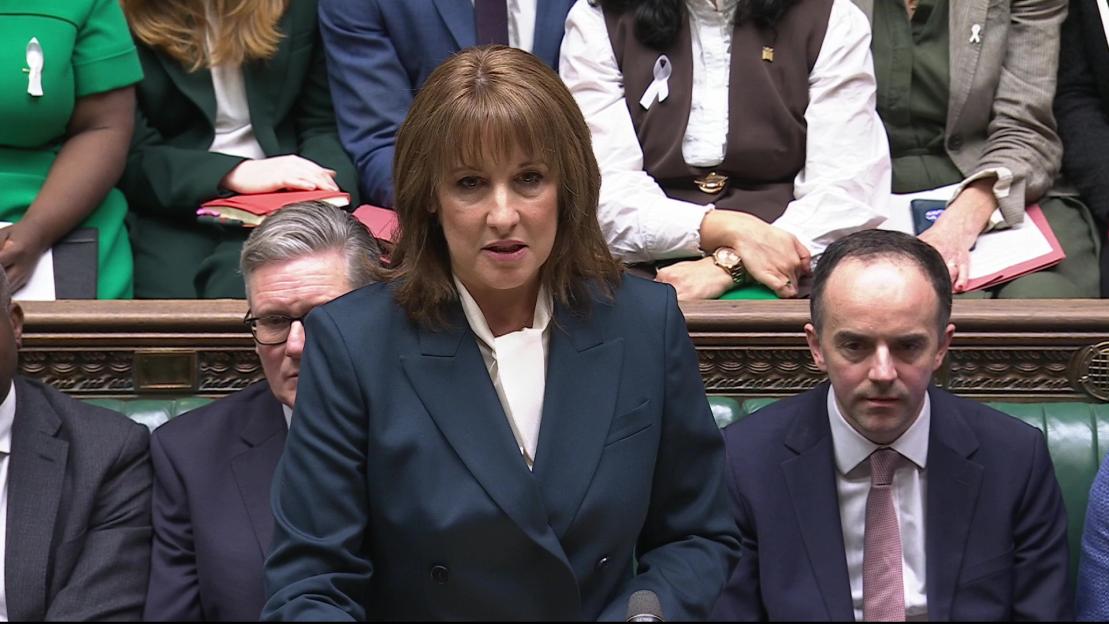A SCHEME could see you live on a tiny remote island off the UK coast and get paid a whopping £70K a year â but it’s not all that easy.
The initiative falls under the “Our Living Islands”; policy, designed to attract more residents and breathe new life into remote communities.
 The Irish government is offering individuals up to £70,000 to purchase a home
The Irish government is offering individuals up to £70,000 to purchase a home Around 23 inhabited offshore islands are eligible for the scheme
Around 23 inhabited offshore islands are eligible for the scheme Tory (Toraigh) has a population of just 141 people as of 2023
Tory (Toraigh) has a population of just 141 people as of 2023The government is offering individuals up to £70,000 to purchase a home on one of the country’s remote islands.
Around 23 inhabited offshore islands are eligible for the scheme.
As of 2016, the combined population of these remote isles was just 2,734.
The Aran Islands are the most famous ones in the scheme and feature three picturesque rocky isles, Inishmaan, Inisheer andInishmore.
However, the most remote island is Tory (Toraigh), which had a population of just 141 people as of 2023.
Each isle has its own unique landscapes and features that shape its character and the lives of those who live there.
The scheme is open to everyone, even if you’re not an Irish citizen â but there’s a catch.
The £70,000 grant provided by the government is intended to vacant or derelict homes on the island.
They are not paying people to move there directly.
The scheme aims to improve infrastructure in the area, which in turn will help create more sustainable communities.
Successful applicants must use the money solely for restoring properties, as it is not a lump sum that can be used for general living expenses.
Renovating can be expensive, and once complete, the scheme does not permit the home to be used as a holiday let or short-term rental.
Despite not needing to be an Irish citizen, applicants must meet certain criteria to qualify.
To receive the grant, applicants must either own or be in the process of buying a property that meets the age and vacancy requirements.
Those looking to move to one of these remote islands can only choose a vacant or derelict property built before 2007 that has been unoccupied for a minimum period.
Applicants must also plan to live there permanently or the property out for at least 10 years to avoid having to repay large portions of the grant.
If someone sells the property, stops using it as their main home, or it’s no longer rented out, they may have to repay all or part of the grant to the local authority.
In the first five years, homeowners must repay the full grant. Between five and ten years, they must repay 75 per cent of the grant.
After ten years, homeowners can keep the property without repaying any of the grant.
 The scheme is open to everyone, even if you’re not an Irish citizen
The scheme is open to everyone, even if you’re not an Irish citizen The “Our Living Islands”; policy is designed to attract more residents
The “Our Living Islands”; policy is designed to attract more residents Aerial view of the Lighthouse on Tory Island
Aerial view of the Lighthouse on Tory Island The £70,000 grant provided by the government is intended to renovate vacant or derelict homes
The £70,000 grant provided by the government is intended to renovate vacant or derelict homes Applicants must also plan to live there permanently or rent the property out for at least 10 years
Applicants must also plan to live there permanently or rent the property out for at least 10 years







